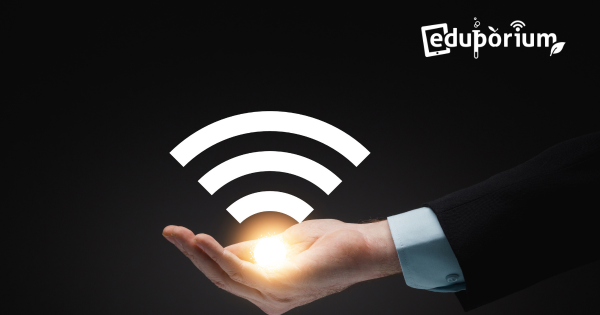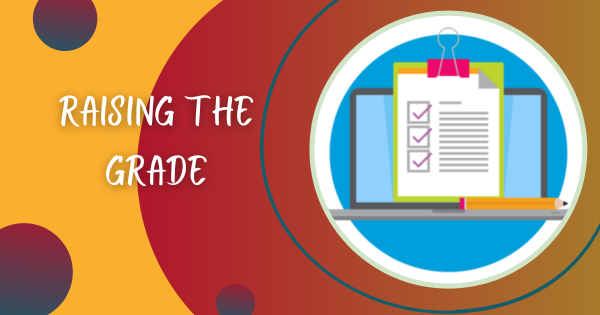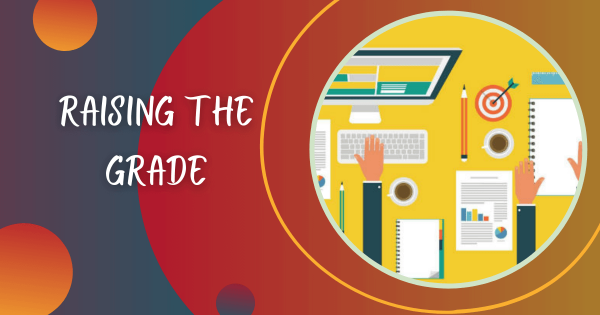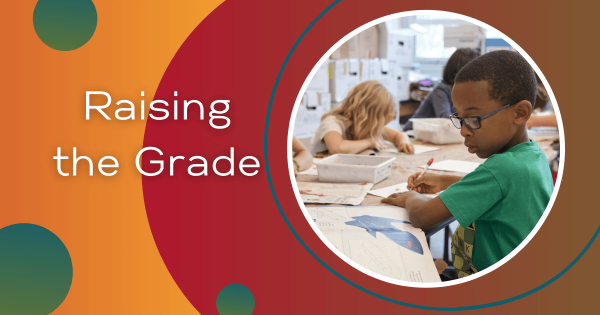Imagine yourself to be a bit of chemical substance that if someone swallows you, they can get very ill. You are flushed down the kitchen sink and you find yourself surrounded by the water that helped to flush you down the sink. You travel through many pipes and end up in a larger pipe and join many other chemical friends.
EdTech
Educational technology has, of course, completely transformed how today's K-12 students learn. From basic 3D printers and virtual reality systems to simple coding robots and screen-free building tools, countless numbers of educators have been able to affect education for the better and help children develop transferrable skills for the real world. Since EdTech now covers so many areas, however, there often remains a lot for teachers to learn about and explore. Not every technology tool will impact your students in the same ways, nor will they enhance every single lesson. It's more about finding the right solutions for the right situations and building high-quality instruction from there. In this section, we cover everything from specific classroom STEM kits to insights on integrating EdTech tools in teaching. And, we'll continue adding new resources with thoughts on the many branches of the EdTech tree.
EdTech resources are constantly impacting student development and redefining how educators can engage them. Besides those hands-on technologies, digital tools and platforms also play a huge role in learning. From coding or artificial intelligence to social-emotional learning, the instant availability of EdTech resources generates many revolutionary opportunities all throughout the world of K-12 and higher education. When it comes down to it, however, equitable access to technology can be a complete game changer. With these opportunities, students can build the hard and soft skills to navigate our increasingly complex world. And, no matter how complex or simplistic EdTech activities are, they can help catalyze that development. We encourage you to browse the content below and reach out to our team with any questions.
-
Eduporium Weekly | Talking Wi-Fi A Reality?
As summer keeps heating up, get excited about some new findings in the technology world that could include talking Wi-Fi! According to reports, Wi-Fi-enabled devices will likely soon be able to swap tiny messages when they detect each other, which will make it easier for users to connect with only those that they are interested in. -
Eduporium Weekly | Movies In The Sky
Just because it’s summer, doesn’t mean the EdTech field is on vacation! Check out some of the coolest happenings in the tech world from this week, including a plane projecting a video onto a cloud! You may be used to hearing about the Cloud, especially if you’re immersed in the EdTech world but they made news for a different reason -
Eduporium Weekly | Fireworks in the EdTech World
Assistive technology doesn’t always pack as strong of a punch in the popularity department as EdTech, but the capabilities of some assistive tech products can have just as strong of an impact. In today’s world, with the release of new technologies occurring almost daily, almost anything can be used creatively and for a variety of different purposes. -
5 Inexpensive Classroom Tools Worth Using
After logging reading, students are automatically prompted to answer one Common Core-aligned comprehension question. They earn Wisdom Coins for logging reading and answering questions—they use these to buy virtual accessories for their Owlvatar. The more they earn, the more they can buy in the Owl Store; a surprising motivator. -
Raising The Grade: Teaching Above The Line
The most basic levels is the S (Substitition)- using technology as a simple substitution for more traditional models with no change. A (augmentation) is the second level where technology is used as a substitute with some minor improvement. These two levels are considered “below the line” meaning that they don’t really use technology in the most effective way. -
Raising The Grade: Assessing Technology Skills
As schools begin to integrate technology into all areas of academics I’m nervous about the extent to which we make this integration meaningful especially in terms of assessments. Inside are three of my own questions and my answers to them. Hopefully, the US education system can begin to move in the right direction. -
Raising The Grade: Equitable Access for All
Internet access. In the US, I’m not sure if it’s a luxury or a necessity. However, I am sure that children today benefit from using the Internet to supplement their traditional school education. We know that there are books, videos, games, and countless other online resources to help children learn. -
Raising The Grade: Jessica Martinez on Technology
Jessica Martinez is in her twelfth year as an educator. She spent nine years as a classroom teacher before becoming an instructional coach. She gives her thoughts on technology in education and specifically at Bancroft Elementary. Keep reading to learn more about some of the benefits and drawbacks she’s seen. -
Raising The Grade: Is There an App for That?
My school district, like many across the country uses the Dynamic Indicators of Basic Early Literacy Skills (DIBELS) and Text Reading and Comprehension (TRC) assessments to measure elementary students’ reading abilities. These are a series of probes that evaluate skills indicators such as word fluency, retelling, synthesis, and inferring.













